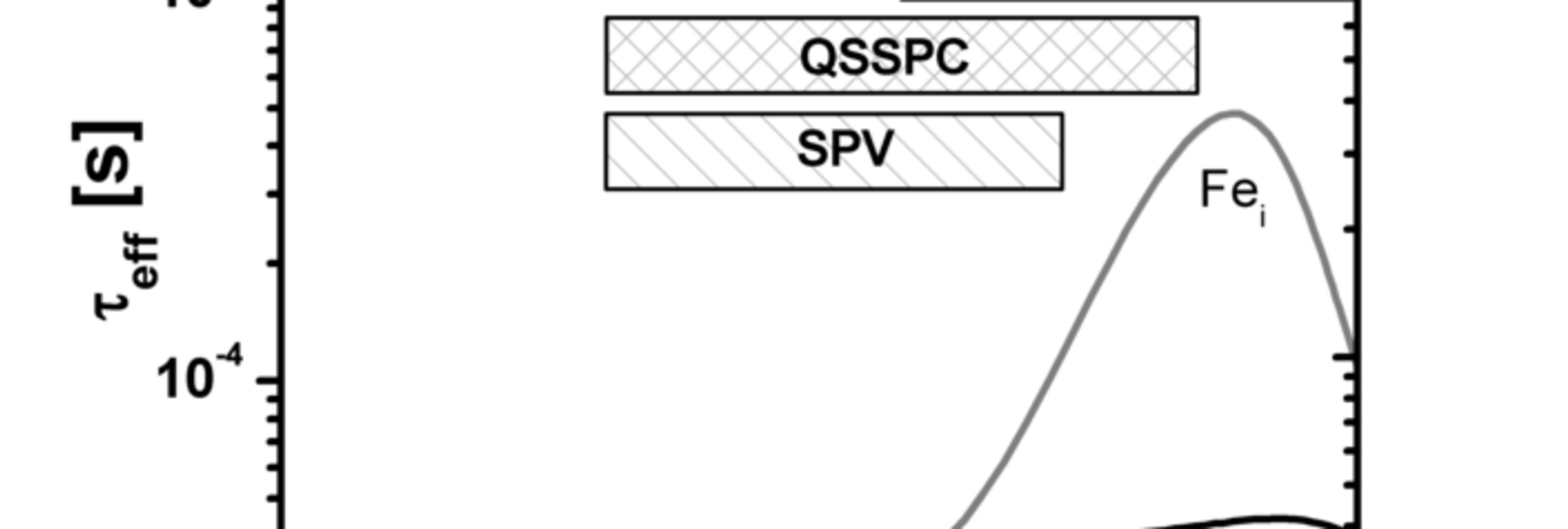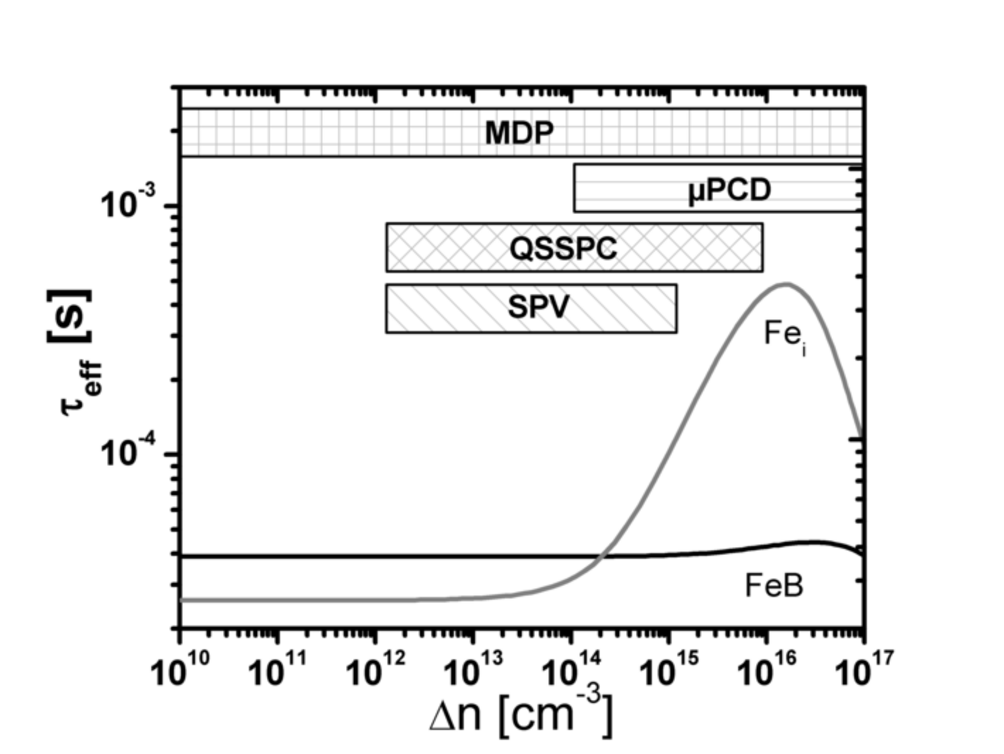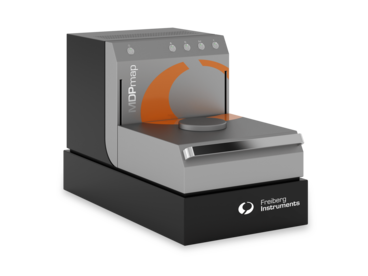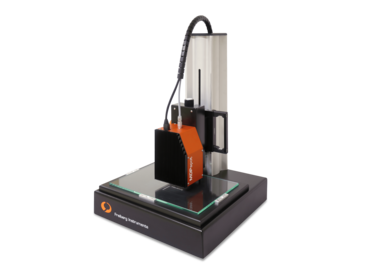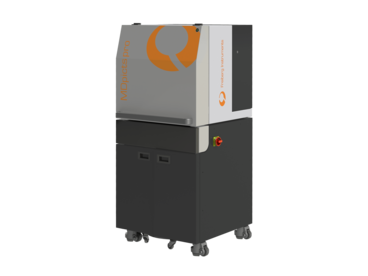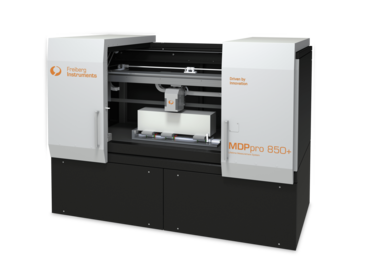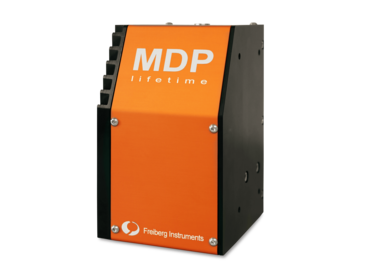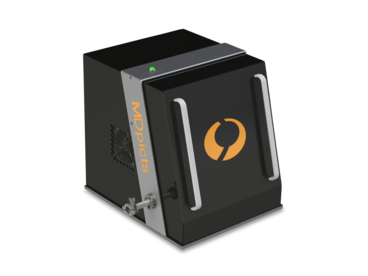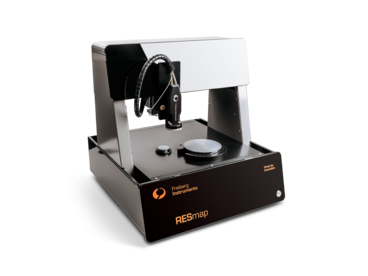Besides MDP the two most important contact less lifetime measuring methods are QSSPC (quasi steady state photoconductivity) and µ-PCD (microwave detected photoconductive decay). Currently one of the biggest problems in the photovoltaic industry is to make the deviating lifetime measurement results of the different methods comparable. With our novel simulation tool it is possible to simulate steady state and non steady state measurements, so that a comparison is possible.
